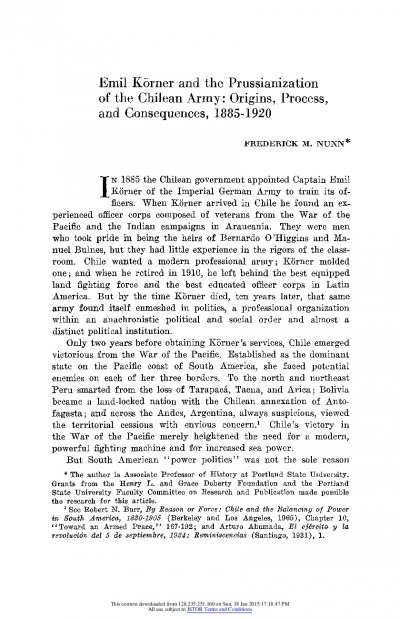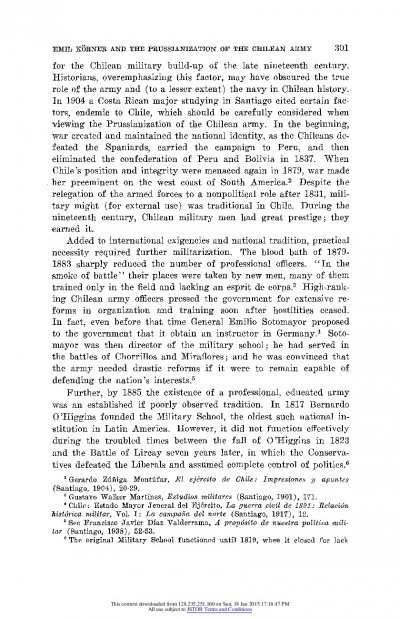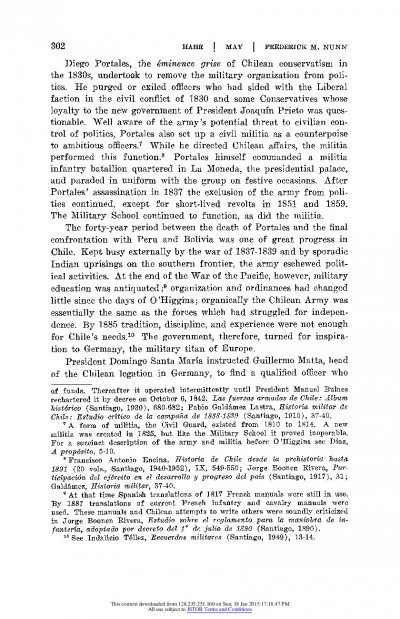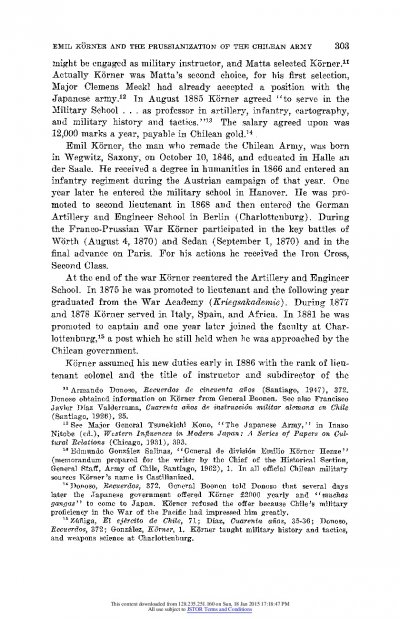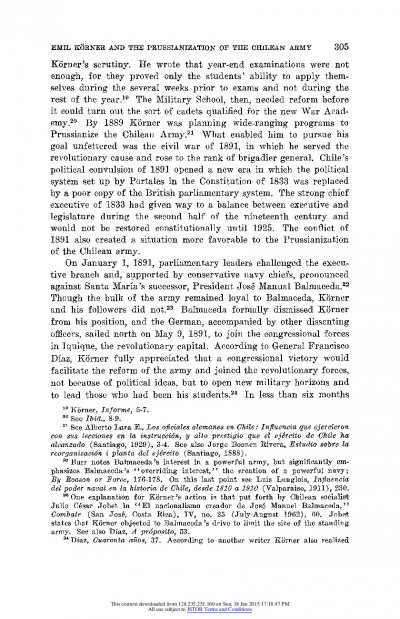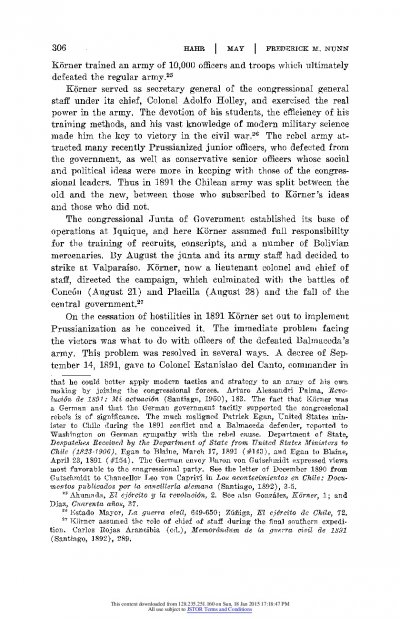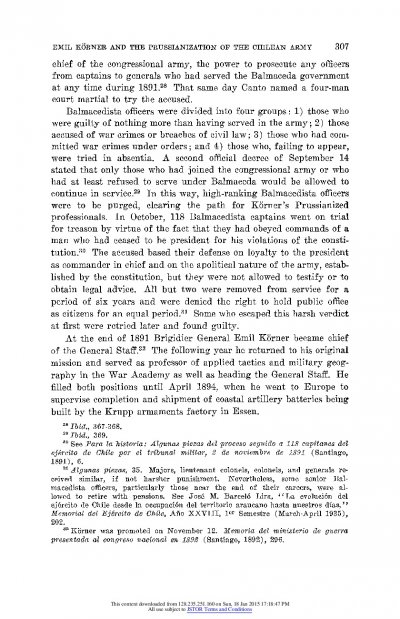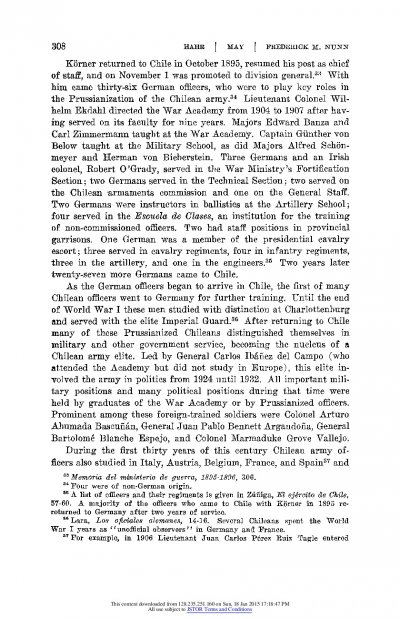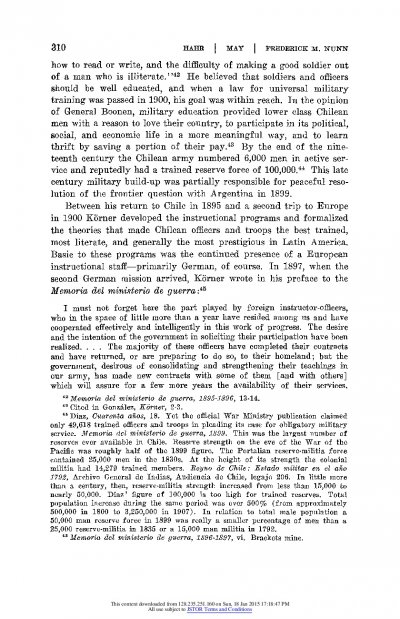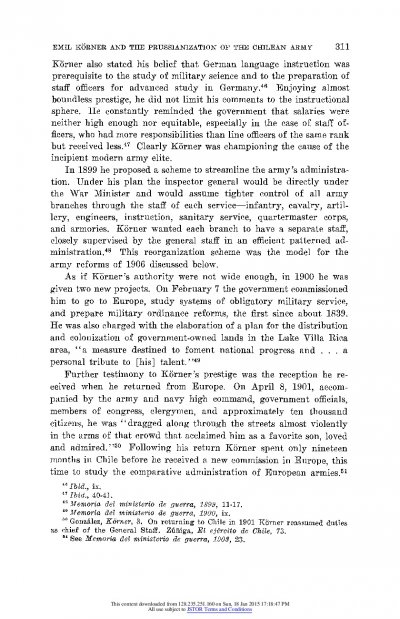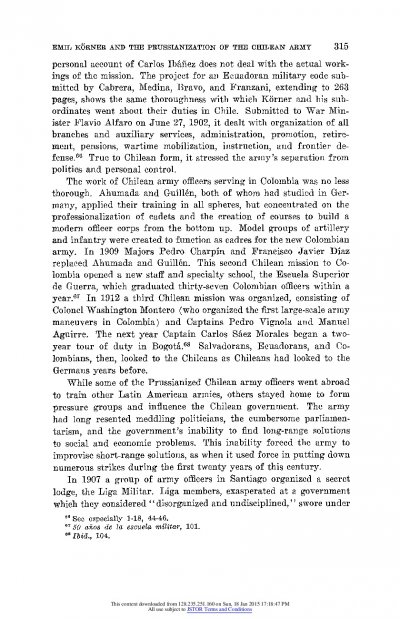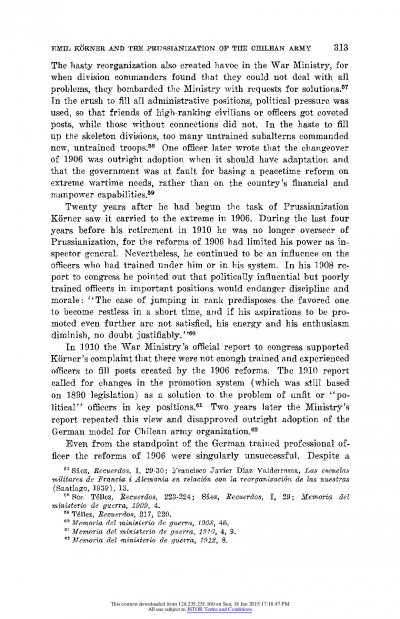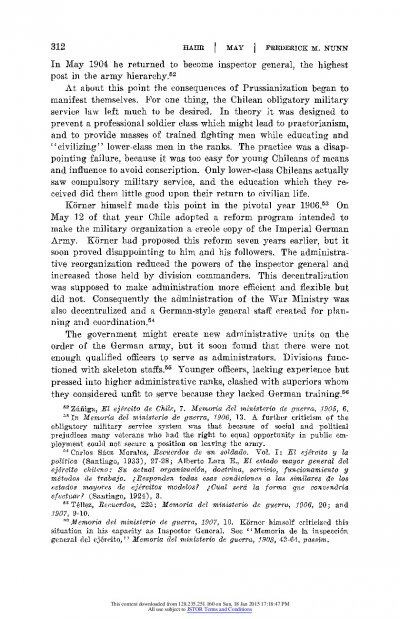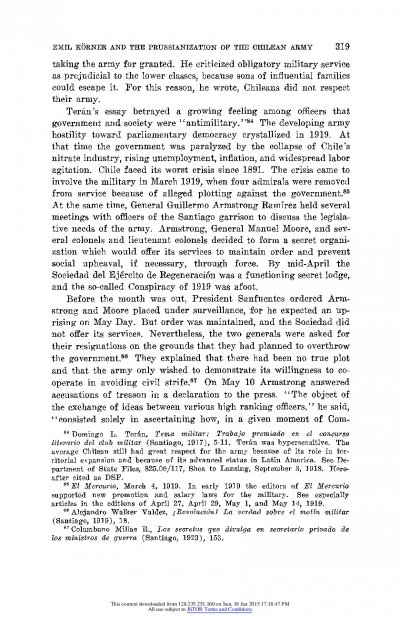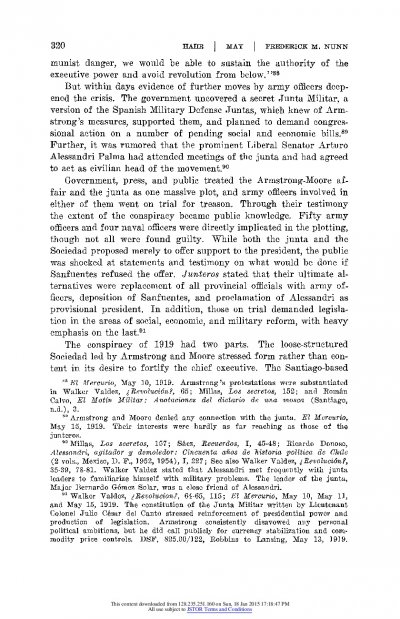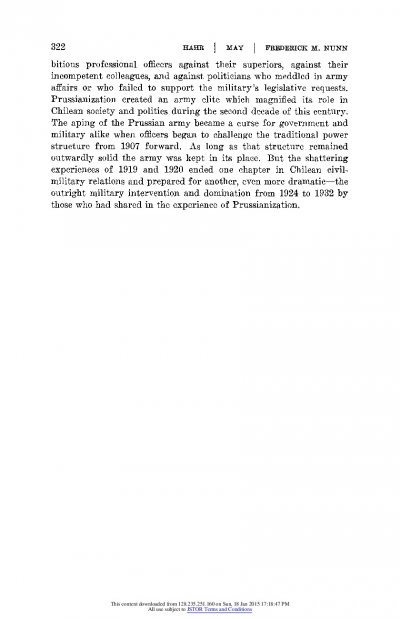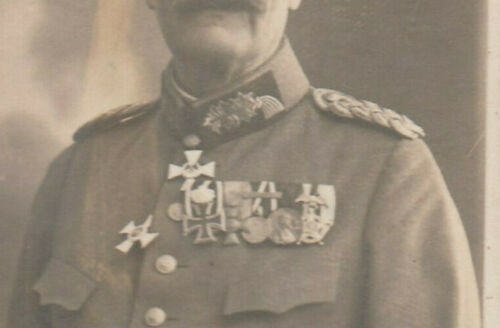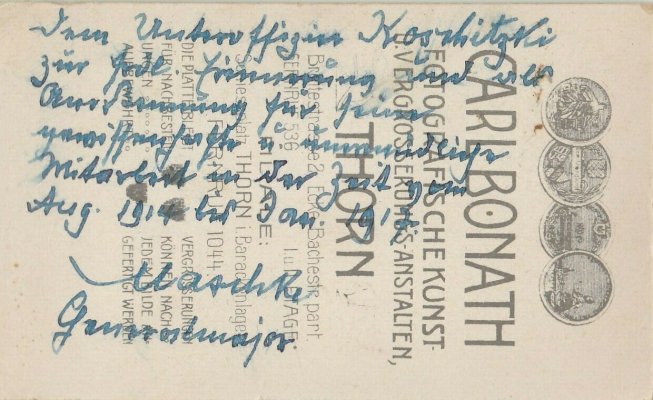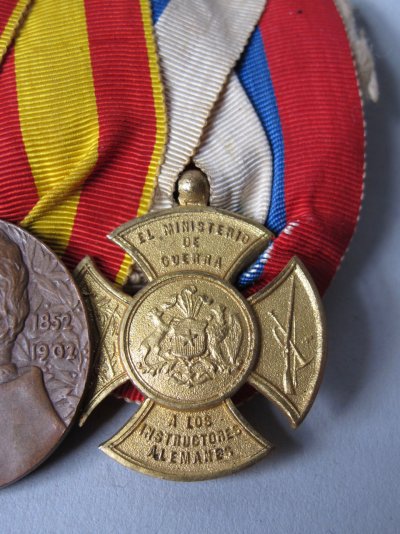Вы используете устаревший браузер. Этот и другие сайты могут отображаться в нём некорректно.
Вам необходимо обновить браузер или попробовать использовать другой.
Вам необходимо обновить браузер или попробовать использовать другой.
Колодки с чилийскими наградами
- Автор темы JapanX
- Дата начала
kid74
Местный
За какие события/заслуги ребята Великой Германии были осчастливлены чилийским вниманием?
С Уважением, Кирилл
С Уважением, Кирилл
Alex Ponomarev
Модератор
Большая часть, за то что работала в Чили в качестве военных инструкторов в армии, и консультантов в генштабе Чили.
Скажу больше, на третьей страницы стоит специальная награда для немецких инструкторов
https://ak-group.ru/forum/showthread.php?p=209295#post209295
https://ak-group.ru/forum/showthread.php?p=209295#post209295
В исторической науке даже используется термин пруссинизация чилийской армии 
Добавлю в тему любопытную статью Фредерика Нанна из The Hispanic American Historical Review (Vol. 50, No. 2 (May, 1970), pp. 300-322)
Emil Körner and the Prussianization of the Chilean Army: Origins, Process, and Consequences, 1885-1920

Добавлю в тему любопытную статью Фредерика Нанна из The Hispanic American Historical Review (Vol. 50, No. 2 (May, 1970), pp. 300-322)
Emil Körner and the Prussianization of the Chilean Army: Origins, Process, and Consequences, 1885-1920
Вложения
Material Connections: German Schools, Things, and Soft Power in Argentina and Chile from the 1880s through the Interwar Period
H. Glenn Penny
Abstract
From the late nineteenth century through the interwar period, the production and consumption of German things played critical roles in delineating and connecting a wide variety of German places in Latin America. Such places became ubiquitous in Chile and Argentina. They flourished because there was ample room in the German imagination for the multiplicity of German places and the cultural hybridity that accompanied them to extend beyond Imperial Germany's national boundaries and colonial possessions. They also flourished because host societies found virtue in having those German places in their states. This essay uses German schools in Argentina and Chile as a window into the emergence of such German places and the soft power that accompanied them. Scholars often overlook that power when they focus on colonial questions or formal and informal imperialism in Latin America. More than any other institution, German schools became sites where the production and consumption of German things were concentrated and multilayered, and where the consistencies and great varieties of Germanness that arrived and evolved in Latin America gained their clearest articulation. Because those schools were both centers of communities and nodes in a global pedagogical network that thrived during the interwar period, they provide us with great insight into a nexus of motivations that created German places in Latin America. Life around these schools also underscores the importance of studying immigrants and their things together
Вот её полный текст.
H. Glenn Penny
Abstract
From the late nineteenth century through the interwar period, the production and consumption of German things played critical roles in delineating and connecting a wide variety of German places in Latin America. Such places became ubiquitous in Chile and Argentina. They flourished because there was ample room in the German imagination for the multiplicity of German places and the cultural hybridity that accompanied them to extend beyond Imperial Germany's national boundaries and colonial possessions. They also flourished because host societies found virtue in having those German places in their states. This essay uses German schools in Argentina and Chile as a window into the emergence of such German places and the soft power that accompanied them. Scholars often overlook that power when they focus on colonial questions or formal and informal imperialism in Latin America. More than any other institution, German schools became sites where the production and consumption of German things were concentrated and multilayered, and where the consistencies and great varieties of Germanness that arrived and evolved in Latin America gained their clearest articulation. Because those schools were both centers of communities and nodes in a global pedagogical network that thrived during the interwar period, they provide us with great insight into a nexus of motivations that created German places in Latin America. Life around these schools also underscores the importance of studying immigrants and their things together
Вот её полный текст.
Вложения
Насколько серьезный след оставила Германия наглядно демонстрируют эти парады
https://www.youtube.com/watch?v=xbM8gfVVHc0&t=42s
https://www.youtube.com/watch?v=kEyTV-x7cDo
https://www.youtube.com/watch?v=xbM8gfVVHc0&t=42s
https://www.youtube.com/watch?v=kEyTV-x7cDo
Андрей Пустоваров
Супер-Модератор
Андрей Пустоваров
Супер-Модератор
Вложения
Андрей Пустоваров
Супер-Модератор
Alex Ponomarev
Модератор
Generalmajor Maschke
Осталось разобраться, который из семейства...
Alex Ponomarev
Модератор
Generalmajor Maschke
Осталось разобраться, который из семейства...
Generalmajor Paul Maschke - командир учебного полигона тяжёлой артиллерии в Торне (Thorn).



